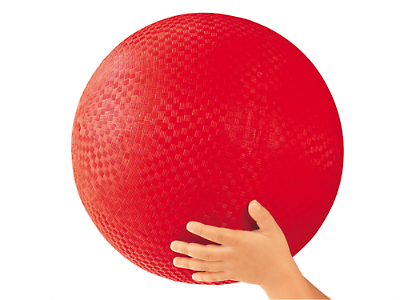
What is the power of a ball to change play?
Once in a while, an idea comes zipping through the air that startles me out of my old habits. I love it when a new idea upturns my day.
I know, I'm the renegade - I'm used to being the one who sends startling ideas out to others, ideas that upend stable ideas about parenting. But it's nice to be on the receiving end sometimes.
This happened to me when I spoke recently with Dr. Debbie Rhea. She's an incredible recess advocate who took a sabbatical to Finland, then returned to create LiiNK which focuses on more recess and more empathy. You'll hear more about LiiNK and Debbie in a series of upcoming Renegade Rules podcast interviews this spring. But for now...here's a teaser.
LiiNK introduces schools to 4 recesses a day. (Yes, four. That's not a typo.)
I love it - though this didn't shake my brain. You can read all about why kids need so much recess in my book It's OK to Go Up the Slide. What she said next is what got me thinking:
"There are no balls allowed on the playground."
What?! Images of childhood games of Dodgeball and Kickball shot through my mind. I loved ball games at recess as a child. But here's her reasoning - they intentionally wanted to promote unstructured, creative, kid-to-kid social play. The kind of play that naturally evolves when you put a bunch of children outside together. "When you have balls, kids use rules and turn them into a sport."
Hmm. I've watched this happen. A ball in an elementary school playground becomes a soccer game. In most playgrounds I've witnessed, a ball segregates the boys from the girls. This seems to happen even when the girls regularly play soccer (or other ball sport) on a team, enjoy the sport and have skills. What would this same playground look like without balls? How would the play change? It got me thinking.
Balls are terrific for play. Kids also use balls for all kinds of games, including creative ones they make up. I'm all for giving children a variety of props and environments to explore, balls included. But within the specific school-recess environment, would there be more creative, emotional, social and friendship learning with or without balls?
It's a new idea. One LiiNK is exploring with powerful results. For now they're working with the youngest kids, ages kindergarten through 2nd grade, and what's good for recess may change as kids get older.
I'm not sure what I think of it yet. New ideas flop around for a while. The zing of a fresh idea can also hurt - our brains are pretty comfortable without change. But how wonderful to be open to new worlds when a new idea comes along.
What new ideas have startled you lately? What about balls on the elementary school playground? What would you see without them?

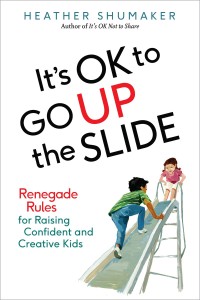
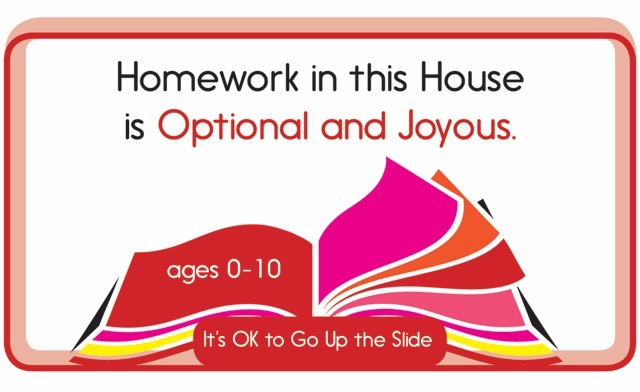
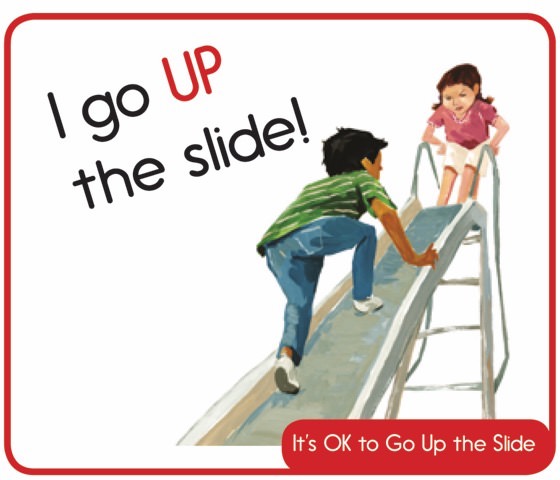
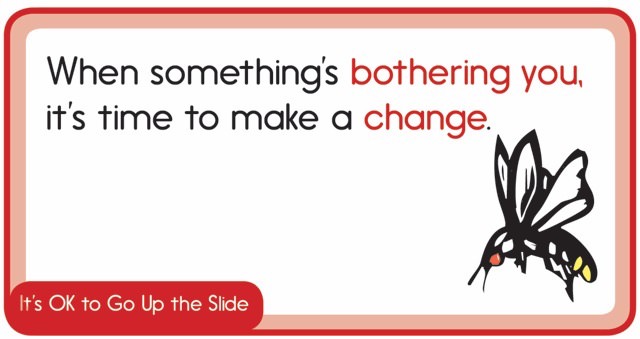
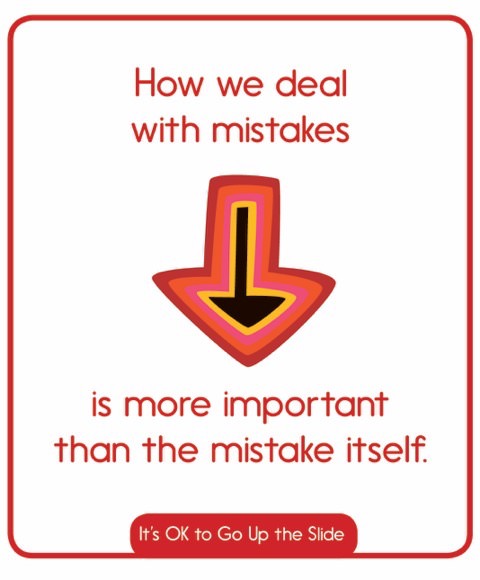
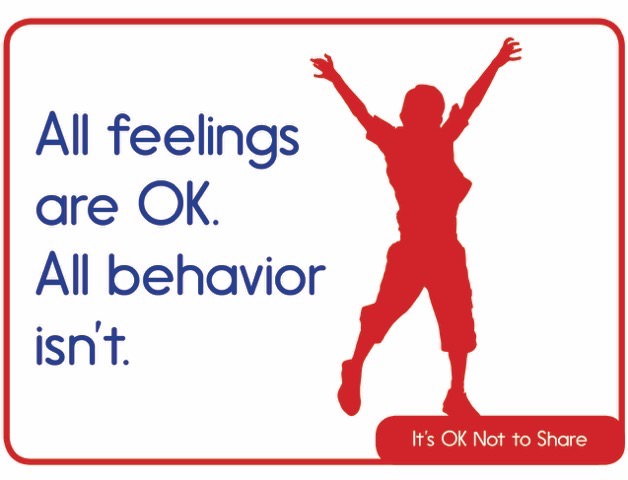
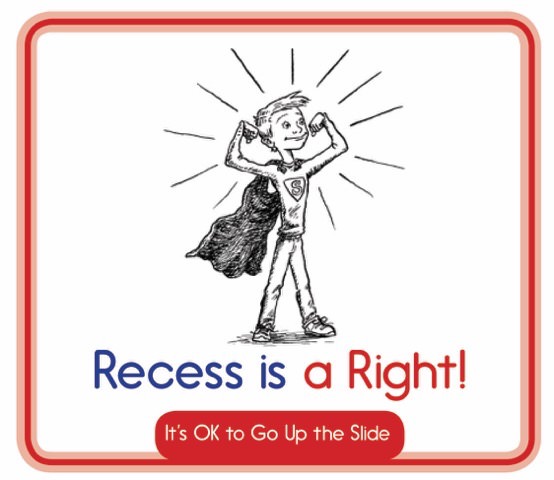
Wow. What a simple but radical concept. I'm with you, Heather. An intriguing idea but I wonder how it will pan out. I see both sides of the theory too, especially since I was one of those boys who always loved sports and competing. Maybe the trick is to use balls that aren't sports-specific (ex; baseballs, footballs, soccer balls), but just generically round or unusually shaped balls that may foster creative play and game-inventing.
No balls on a playground recess would probably lead to more games being invented that use other props or no props at all. I would expect to see more creativity and original thinking and playing among more kids, since the non-sporty types wouldn't feel relegated to the sidelines like they do when most kids are playing kick ball or soccer or football.
Great question about props and environments. I like the Japanese school that left unicycles in the yard. Wish there were a site that collected and studies these; and helped our overtested students, undersupported teachers revitalize...